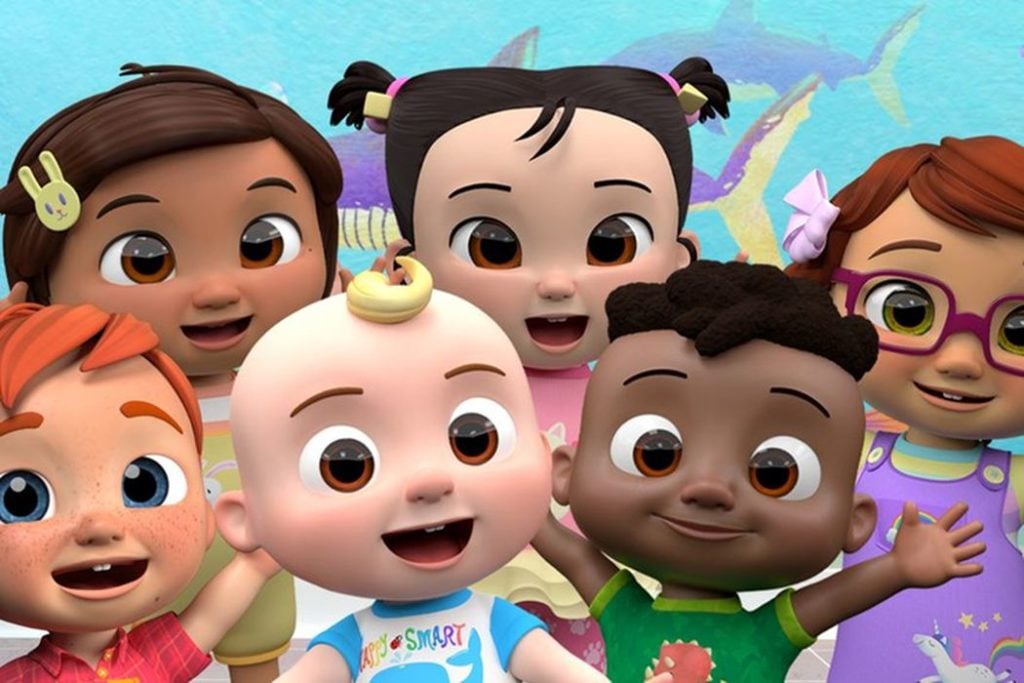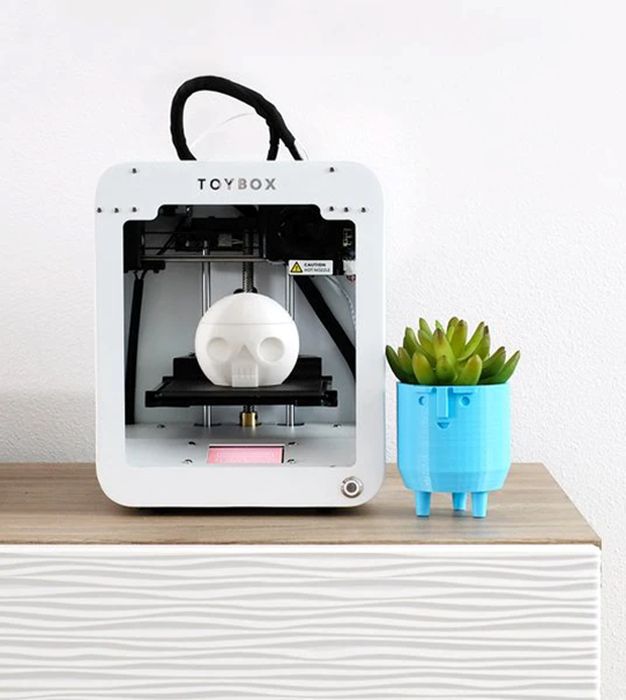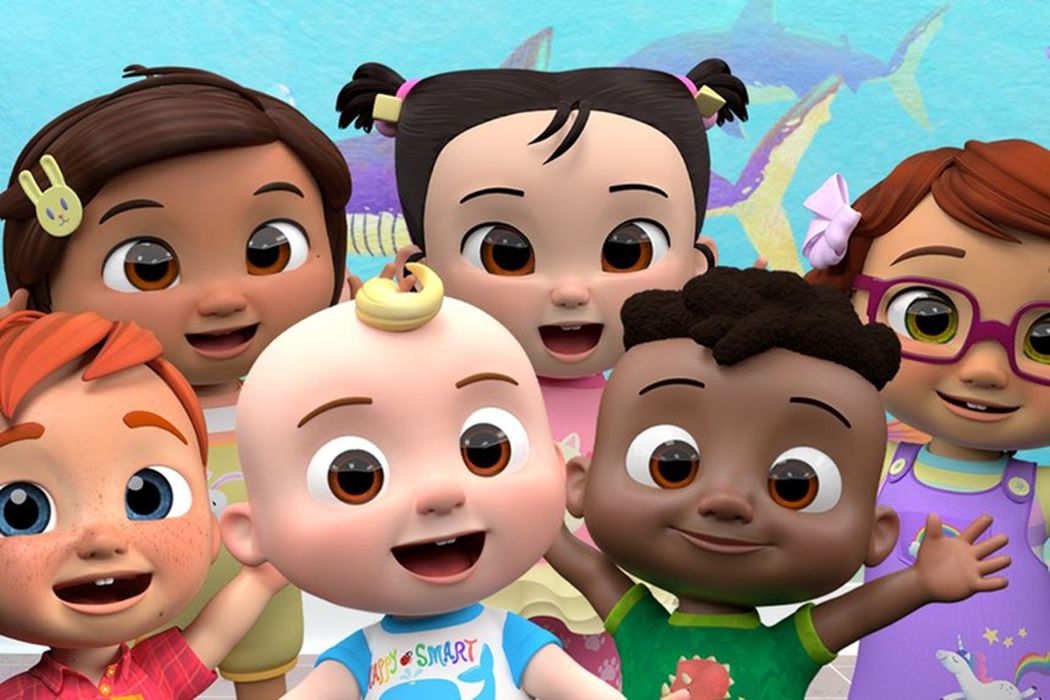
Charles R. Goulding and Preeti Sulibhavi look at how 3D printing technology could be used in the children’s entertainment business.
“CocoMelon,” is known for providing universal fun for children. Fun times and nursery rhymes for kids. With its catchy nursery rhymes on subjects like learning colors, or getting dressed, it has been a tremendous hit and a beacon of positivity during the Covid-19 pandemic. It also enabled parents to sit their children in front of the TV and jump on their Zoom calls while often working remotely. It was a kids show that fulfilled many needs during a tough time and has become even more popular with Netflix launching a spinoff of the series for three seasons already.
Moonbug Entertainment, Ltd, the company behind the hit series, is now seeking a valuation of more than US$3B for its multiple potential acquirers. While no deal has been confirmed, the growing appetite for TV shows and movies spurred by the rise of new streaming services has sent a flurry of mergers and acquisitions (M&A) in Hollywood. Independent studios are looking to cash in on the trend and Moonbug is not excluded. Soon enough we will know if Moonbug got bit by the M&A bug.
Children’s Entertainment, Toys and 3D Printing
The children’s entertainment and toy industries are familiar with 3D printing technology. We have previously written about various aspects of 3D printing toys and other paraphernalia. We have covered the Squid Game phenomena and how 3D printing can affect toy outcomes as well as how 3D printing can improve your chess game. Whether it is custom-designed toy projects playing nice with 3D printing, or toybox fostering 3D printing interest in children, there are many roles 3D printing has to play when it comes to children’s entertainment.

We have also reported on the toy industry supply chain disruption and where 3D printing has an opportunity to fill the gaps. In addition, we recommended that 3D printed toy designers aim at Target for successful marketing and distribution.
The Research & Development Tax Credit
The now permanent Research and Development (R&D) Tax Credit is available for companies developing new or improved products, processes and/or software.
3D printing can help boost a company’s R&D Tax Credits. Wages for technical employees creating, testing and revising 3D printed prototypes can be included as a percentage of eligible time spent for the R&D Tax Credit. Similarly, when used as a method of improving a process, time spent integrating 3D printing hardware and software counts as an eligible activity. Lastly, when used for modeling and preproduction, the costs of filaments consumed during the development process may also be recovered.
Whether it is used for creating and testing prototypes or for final production, 3D printing is a great indicator that R&D Credit eligible activities are taking place. Companies implementing this technology at any point should consider taking advantage of R&D Tax Credits.
Conclusion
It’s not all fun and games when it comes to 3D printing. But supplementing the children’s entertainment/toy market with 3D printed alternatives can improve products as well as resolve some supply chain issues in time for the holiday season.

